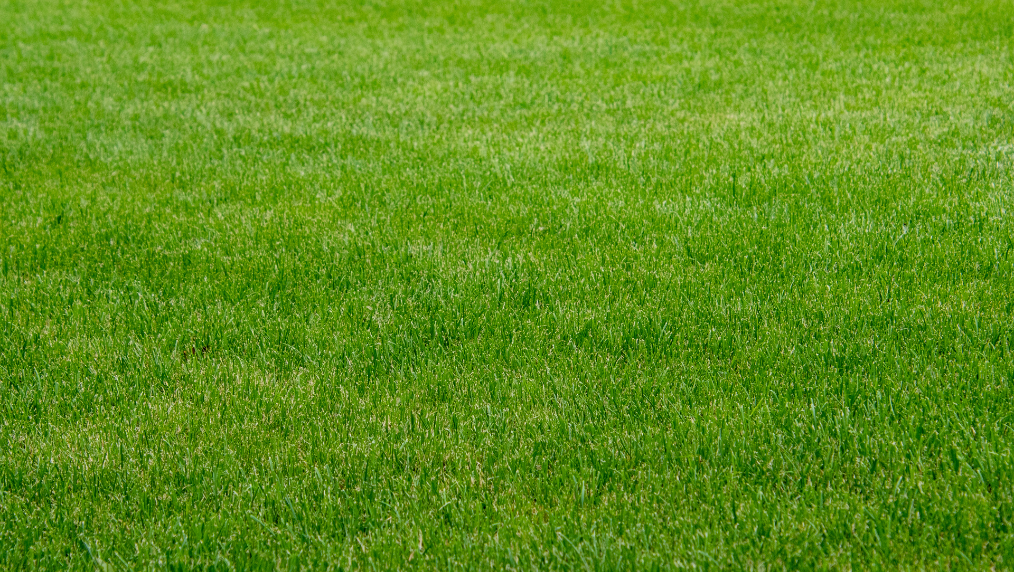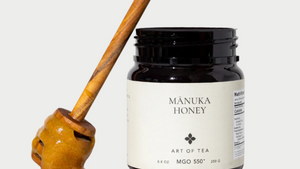In today’s fast-paced, technology-driven world, many people find themselves disconnected from nature. Yet, research continues to highlight the profound mental, emotional, and physical benefits of spending time outdoors. Ecotherapy—a broad term for therapeutic practices that involve connecting with nature—can be seamlessly woven into daily life, helping individuals reduce stress, improve mood, and restore balance. Whether you live in a rural, suburban, or urban setting, there are simple and effective ways to integrate nature-based healing into your routine.
1. Start Your Day with Grounding (Earthing)
Grounding, or earthing, is the practice of making direct contact with the earth—walking barefoot on grass, soil, or sand—to absorb the earth’s natural energy. Studies suggest that grounding reduces inflammation, lowers stress, and improves sleep quality (Chevalier et al., 2012). Try incorporating grounding into your morning routine:
- Stand barefoot outside while sipping your morning tea or coffee.
- Walk on natural surfaces like grass or soil for a few minutes before heading into your daily activities.
- If you live in a city, visit a nearby park and remove your shoes for a brief moment of connection.
2. Take Mindful Walks in Natural Spaces
Walking is one of the easiest ways to engage with nature, and when done mindfully, it becomes a powerful form of ecotherapy. Research shows that spending just 20 minutes in nature can significantly lower cortisol levels (Hunter et al., 2019). Here’s how to make your walks more intentional:
- Choose tree-lined streets, parks, or nature trails whenever possible.
- Walk without distractions—no phone, music, or podcasts—just focus on your surroundings.
- Observe the textures of leaves, the colors of flowers, or the sounds of birds.
3. Create a Nature-Inspired Indoor Space
Not everyone has direct access to forests, rivers, or green spaces, but bringing elements of nature indoors can still have a calming effect. Research suggests that houseplants, natural lighting, and nature imagery can reduce stress and boost productivity (Bringslimark et al., 2007). Consider:
- Keeping indoor plants like aloe vera, snake plants, or peace lilies.
- Using natural materials in home decor—wood, stone, bamboo.
- Playing nature sounds or keeping an open window to let in fresh air and natural light.
4. Engage in Forest Bathing (Shinrin-Yoku)
Originating from Japan, Shinrin-Yoku, or forest bathing, is the practice of immersing oneself in a forested environment to promote relaxation and well-being. Unlike traditional hiking, forest bathing emphasizes slow movement, deep breathing, and sensory awareness (Hansen et al., 2017). You can practice this by:
- Walking slowly through a forest or park while tuning into sights, sounds, and smells.
- Taking deep breaths, inhaling the fresh air filled with plant-derived essential compounds called phytoncides, which have been shown to lower blood pressure and boost immune function (Li, 2010).
- Sitting quietly under a tree, allowing yourself to absorb the natural energy around you.
5. Use Aromatherapy to Enhance Your Nature Connection
Aromatherapy and ecotherapy go hand in hand, as plant-derived essential oils provide a way to connect with nature even when you're indoors. Research has found that certain essential oils, such as pine, cedarwood, and lavender, can induce relaxation and mental clarity (Ikei et al., 2016).
- Diffuse essential oils that mimic the scents of the outdoors, like eucalyptus, cypress, or sandalwood.
- Apply diluted essential oils before meditation or yoga to create a deeper connection to nature.
- Make a DIY herbal sachet using dried lavender, chamomile, or rosemary to carry the essence of nature with you.
6. Eat More Naturally-Grown, Seasonal Foods
Ecotherapy isn’t just about being in nature—it’s about living in harmony with natural cycles. One way to do this is through mindful eating. Studies suggest that consuming seasonal, whole foods can have benefits for gut health, mood regulation, and overall vitality (Berdanier et al., 2017).
- Shop at local farmers' markets for fresh, organic produce.
- Eat more wild-harvested or homegrown foods, such as fresh herbs or mushrooms.
- Choose herbal teas that connect you with the healing power of plants—peppermint for digestion, chamomile for relaxation, or ashwagandha for stress relief.
7. Meditate or Practice Yoga Outdoors
Combining meditation, yoga, or breathwork with natural surroundings can amplify their benefits. A study found that outdoor yoga leads to greater stress reduction compared to indoor sessions (Gidlow et al., 2016).
- Take your morning meditation to a park, your backyard, or even a balcony.
- Practice sun salutations at sunrise, aligning your body with the rhythm of the day.
- Try pranayama (breathwork) in an open-air environment for increased oxygen intake and grounding.
8. Volunteer for Environmental or Conservation Efforts
Giving back to the earth is another form of healing through ecotherapy. Acts like planting trees, maintaining community gardens, or participating in clean-up projects can enhance mental well-being and provide a sense of purpose (South et al., 2018).
- Join a local conservation group or community garden initiative.
- Participate in Earth Day events or environmental restoration programs.
- Start a personal eco-friendly habit, like composting or reducing single-use plastics.
Final Thoughts: Ecotherapy as a Daily Practice
Incorporating ecotherapy into daily life doesn’t require drastic changes—it’s about making small, intentional choices that bring you closer to nature. Whether it’s through a mindful walk, grounding exercises, or simply opening a window to let in fresh air, nature is always there as a source of healing.
By taking simple steps to engage with the earth, we can cultivate a deeper sense of peace, balance, and overall well-being.
References
- Berdanier, C. D., Dwyer, J. T., & Heber, D. (2017). Handbook of nutrition and food. CRC Press.
- Bringslimark, T., Hartig, T., & Patil, G. G. (2007). Psychological benefits of indoor plants in workplaces. Building and Environment, 42(8), 3017-3023. https://doi.org/10.1016/j.buildenv.2006.06.002
- Chevalier, G., Sinatra, S. T., Oschman, J. L., & Delany, R. M. (2012). Earthing: Health implications of reconnecting the human body to the Earth's surface electrons. Journal of Environmental and Public Health, 2012. https://doi.org/10.1155/2012/291541
- Gidlow, C. J., Randall, J., Gillman, J., Smith, G. R., & Jones, M. V. (2016). Natural environments and their impact on activity, health, and quality of life. Applied Psychology: Health and Well-Being, 8(3), 227-259. https://doi.org/10.1111/aphw.12074
- Hansen, M. M., Jones, R., & Tocchini, K. (2017). Shinrin-yoku (forest bathing) and nature therapy: A state-of-the-art review. International Journal of Environmental Research and Public Health, 14(8), 851. https://doi.org/10.3390/ijerph14080851
- Hunter, M. R., Gillespie, B. W., & Chen, S. Y. (2019). Urban nature experiences reduce stress in the context of daily life. Frontiers in Psychology, 10, 722. https://doi.org/10.3389/fpsyg.2019.00722
- Ikei, H., Song, C., & Miyazaki, Y. (2016). Physiological effects of olfactory stimulation by Hinoki cypress essential oil. Frontiers in Psychology, 7, 1621. https://doi.org/10.3389/fpsyg.2016.01621
- Li, Q. (2010). Effect of forest bathing trips on human immune function. Environmental Health and Preventive Medicine, 15, 9-17. https://doi.org/10.1007/s12199-008-0068-3
- South, E. C., Kondo, M. C., Cheney, R. A., & Branas, C. C. (2018). Neighborhood blight, stress, and health: A walking trial of urban green space interventions. JAMA Network Open, 1(3), e180298. https://doi.org/10.1001/jamanetworkopen.2018.0298


